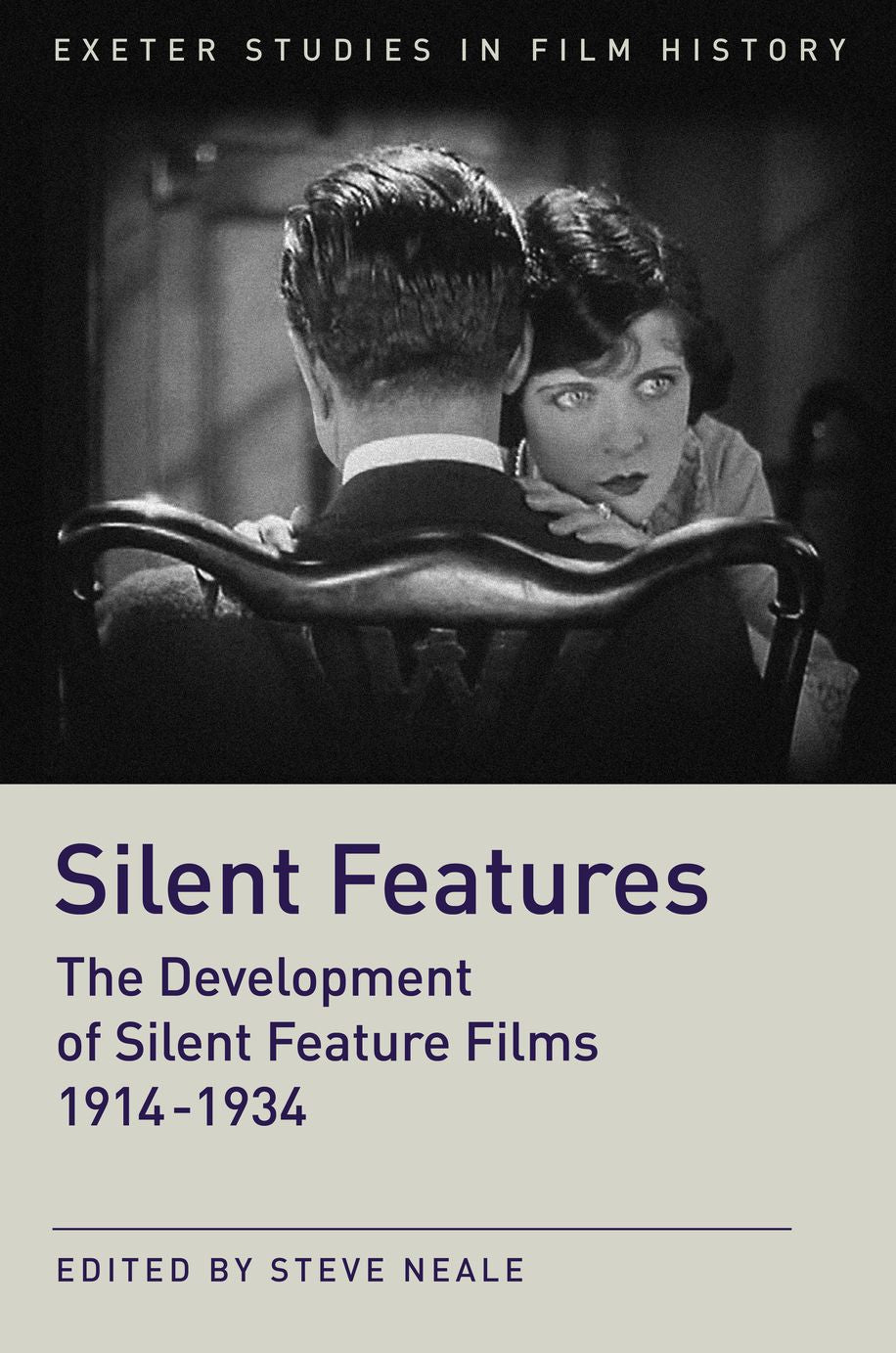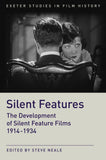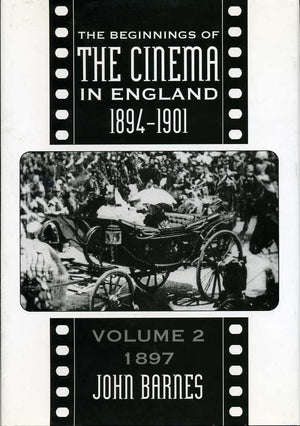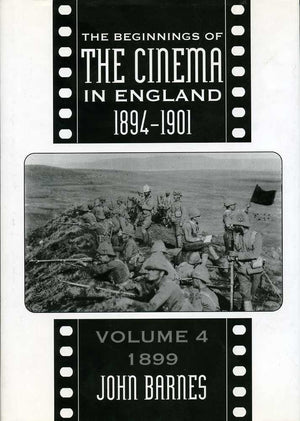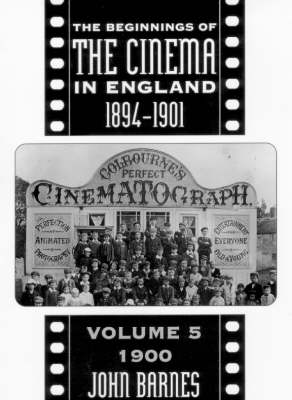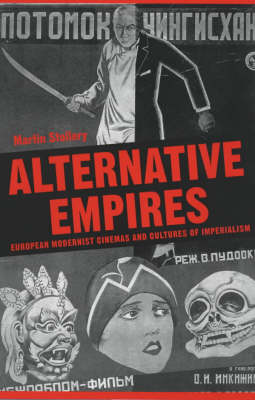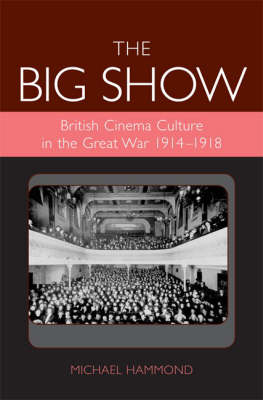University of Exeter Press
Silent Features
The Development of Silent Feature Films 1914 - 1934
Couldn't load pickup availability
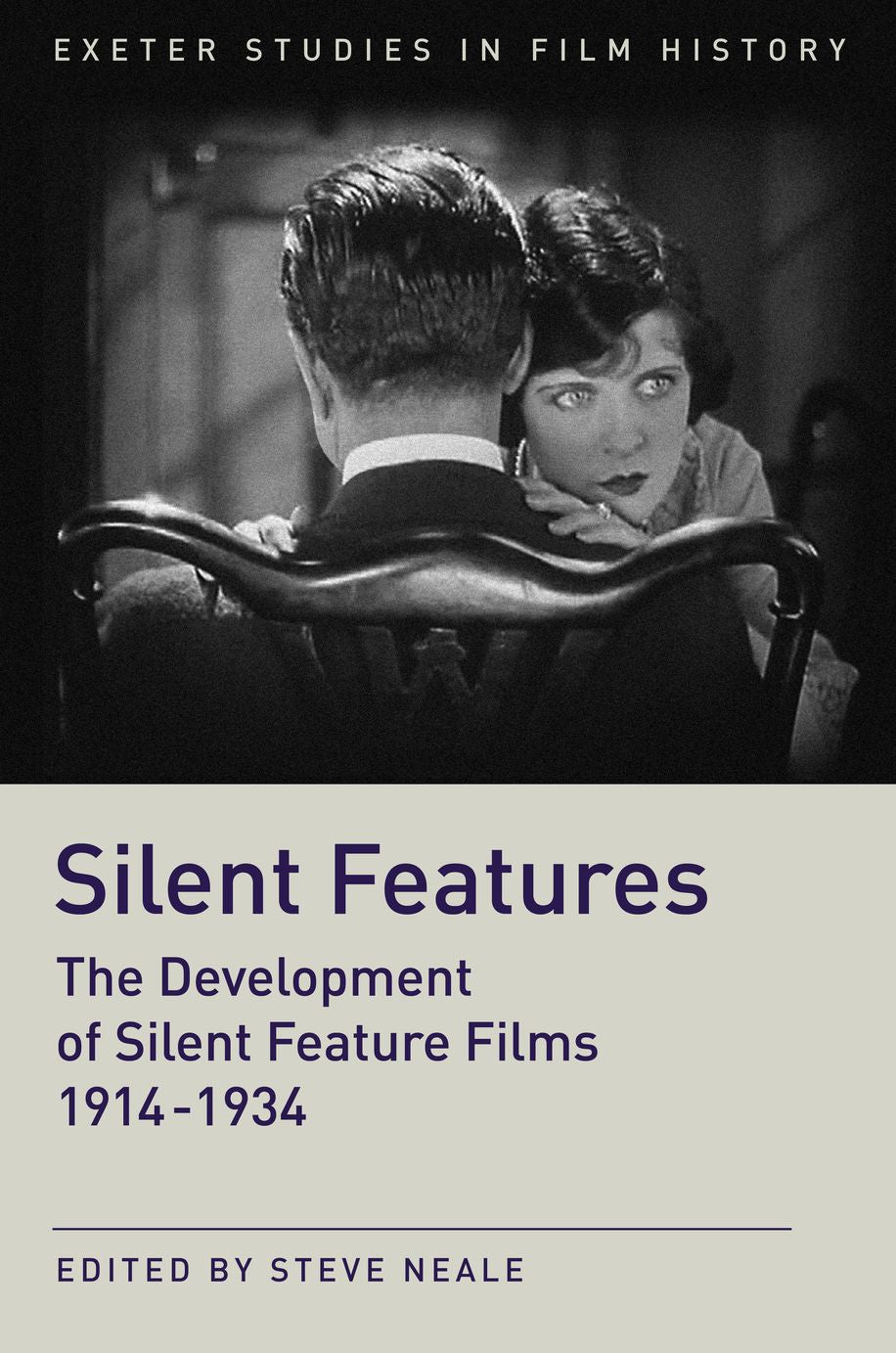
- 384 Pages
A collection of essays on fifteen feature-length silent films and two silent serial features. The aims of the collection are threefold: to provide detailed accounts of a wide array of films produced between the early 1910s and the early 1930s; to focus principally on films that may be well-known but that have rarely been discussed in detail; and hence to appeal to those interested in film style and its history.
Outstanding group of contributors – see details on Author Biography page – all are acknowledged and well-regarded scholars in the field, many of whom have established international reputations for their work in this area and a world-renowned editor.
Silent Features is a collection of essays on seventeen feature-length silent films and two silent serial features, their diverse stylistic, generic and structural characteristics, and the national, historical and industrial contexts from which they emerged. Of the 17 films discussed, 15 are still currently available on DVD. 200 b&w illustrations.
A valuable compilation of analysis on feature films filmed between 1914 and 1934, written in an almost programmatic way from the neoformalist perspective.
Daniel Sánchez Salas
Secuencias
Silent Features is an unprecedented volume, as it consists exclusively of analyses of films from the pre-sound era. The volume’s focus on distinctive work allows the authors to delve into the style and narration of the chosen films, making a collective case for the singular achievement of filmmaking in the silent era.
Steve Neale has gathered together an informed and skilled set of scholars, who are adept at revealing the formal intricacies of the films under examination.
Professor Charlie Keil, Department of History and Cinema Studies, University of TorontoSilent Features is a unique and an important contribution to the general field of film studies, but particularly to the serious study of silent films. Edited by Stephen Neale, the book contains original essays by well-known film scholars on fifteen feature-length silents and two serials. The range of titles examined includes the well-known (Capra’s 1926The Strong Man, Lubitsch’s 1925 Lady Windemere’s Fan, Lang’s 1923 Dr Mabuse, der Speiler, Borzage’s 1925 Lazybones and Wellman’s 1927 Wings) to the truly obscure (due to its general unavailability), the Chinese rarity from 1931, Love and Duty.
The essays, which provide a remarkable diversity in cinematic history, are presented chronologically, covering the early 1910s through the early 1930s. The authors are all specialists in their subjects, and all are remarkably (and thankfully) jargon-free. Each essay is highly readable, informative, and whenever possible illustrated with frame stills. For each film readers are given relevant cultural and historical information, an appropriate business background, and a cinematic definition of visual style, generic context, and narrative structure. The clarity and depth of each essay guarantees that the book will have appeal to general readers as well as to scholars.
Unlike too many film books, Silent Features addresses each movie in terms of ‘film as film’, including details on how each movie is shot, visually presented, and shaped for the viewer’s perception. This characteristic is the mark of the exceptional work of the book’s editor, Stephen Neale, who is well-known for his analyses of cinematic style. Neale has contributed an excellent introductory essay addressing the issues of ‘feature’ film definition, acting styles, international comparisons, and the general progression of cinema throughout the decades represented. There is no other book quite like this that I know of, and it is a valuable contribution to the field that should inspire other scholars to seek out the territory of these early years for further study.
Professor Jeanine Basinger, Wesleyan University
It is unique in the range of its coverage and in its focus on the stylistic and narrative organization of the films under discussion.
Several of the films are well-known, while other essays draw attention to significant but previously neglected works such as Boris Barnet’s Miss Mend, which casts a new light on Soviet filmmaking in the 1920s.
The essays are written by acknowledged and well-regarded scholars in the field, many of whom have established international reputations for their work in this area.
Professor Richard Maltby, Flinders University, Australia
Acknowledgements
Notes on Contributors
Introduction Steve Neale
Germinal(1913) Ben Brewster
Assunta Spina (1915) Lea Jacobs
L`Enfant de Paris (1913) Heather Heckman
The Wishing Ring (1914) Rebecca Genauer
The Phantom Carriage (Körkalen) (1921) John Gibbs and Douglas Pye
Dr. Mabuse, Der Spieler (1922) Steve Neale
Lazybones (1925) Scott Higgins
Lady Windermere’s Fan (1925) Steve Neale
The Strong Man (1926) Joe Kember
Miss Mend (Mucc Mettò) (1926) Vincent Bohlinger
Wings (1927) Sara Ross
Palais de Dance (1928) Martin Shingler
Piccadilly (1929) John Burrows
The Kiss (1929) Patrick Keating
Love and Duty (Lian `ai yu yiwu) (1931) Anne Kerlan
I Was Born, But....(Umarete wa mita keredo) (1932) Alex Clayton
Street Without End (Kagari naki hodo) (1934) Lisa Dombrowski
Bibliography
Index







